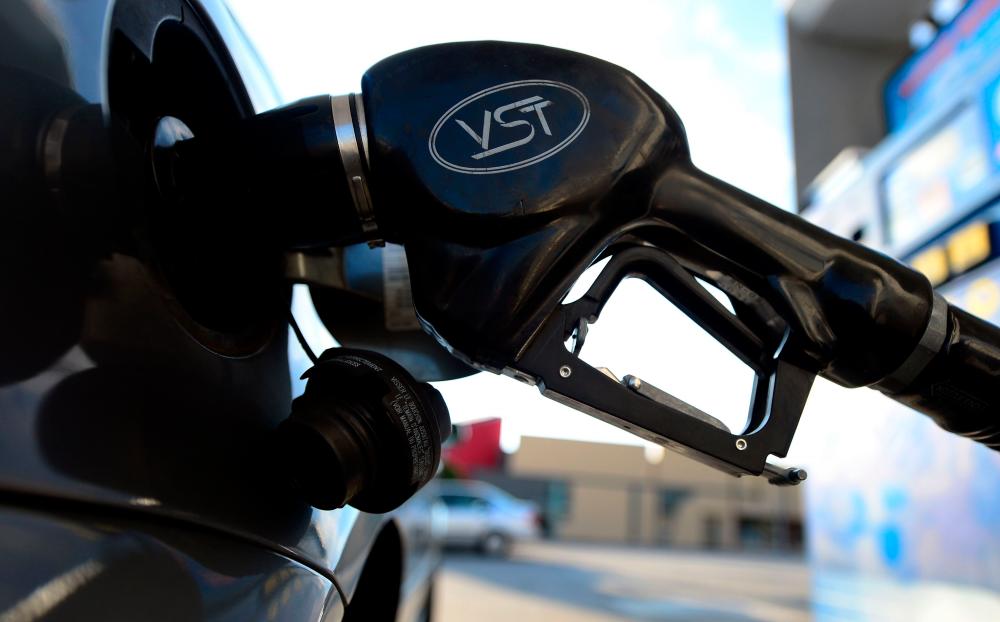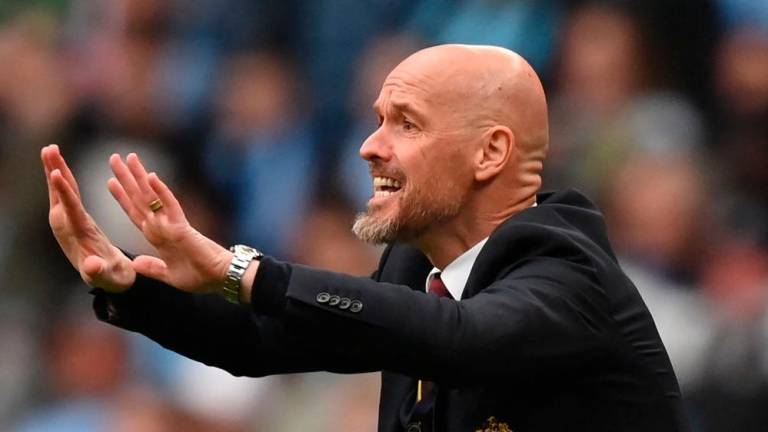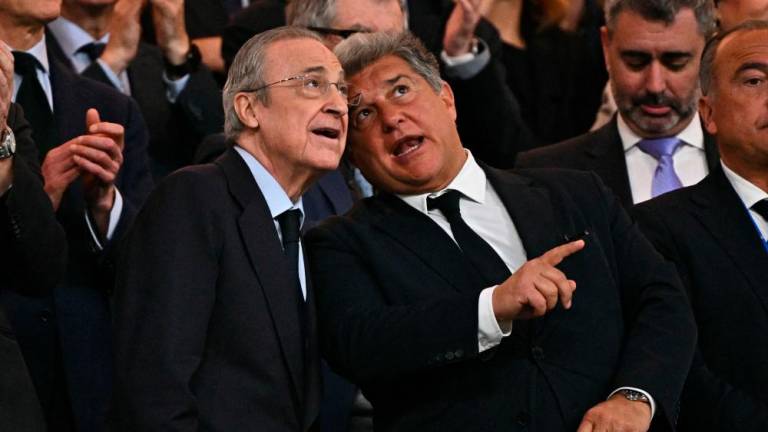WASHINGTON: The US economy saw little inflation in 2020 amid the disruptions caused by the coronavirus pandemic, with the final month of a year seeing only a slight increase as petrol prices rose, according to government data on Wednesday.
The consumer price index (CPI) increased 1.4% for 2020, the Labor Department said in the report reflecting a year during which the economy plunged as the pandemic shut businesses nationwide. That was down from the 2.3% inflation in 2019.
Amid a still-tentative economic recovery, the CPI rose 0.4% in December, seasonally adjusted, in line with analysts' forecasts, accelerating from the 0.2% increase in November, according to the report.
However the "core" index excluding food and energy rose 0.1% in December, and for 2020 the increase was 1.6 % – far below the central bank's 2.0% goal.
Kathy Bostjancic of Oxford Economics said the muted reading means the Federal Reserve is unlikely to soon change its commitment to keep interest rates low to spur employment and to continue buying tens of billions of dollars in bonds.
"The benign core inflation readings support our call that the Fed does not lift the policy rate from the effective lower bound until 2024," she said in an analysis.
The Labor Department said the December increase was driven by an 8.4% surge in petrol prices. The food index, both for meals at home and away, rose 0.4%.
Separately, St Louis Federal Reserve president James Bullard said all signs are pointing to a rise in US inflation, but though the economy may boom later this year, it's too early to say when the Fed could take any steps to pull back on its super-easy policy.
The money supply has "exploded," fiscal deficits are "off the charts" and a hot economy may either already be here or "just around the corner," Bullard said in an interview at the Reuters Next conference.
And with vaccines going first to the elderly and others who are most at risk of dying from Covid-19, he said, daily deaths – now likely near their peak – will drop. "You are going to see that's going to have big ramifications for the economy" as people worry less about the risks, he said.
"I don't think there will be a spectacular date when you can say, 'All clear’." Bullard said. "I think what will happen is the disease will be less deadly ... the virus is going to run out of victims."
Still, Bullard said, labour markets still have a "long way to go" before they are healed. And even with inflation set to rise, the Fed won't pre-emptively tighten policy in response. Inflation has underrun the Fed's 2% target for the last decade, and has pledged to allow it to exceed 2% for some time to re-establish its credibility.
The Fed has kept rates near zero since last March and has signalled it will keep them there for years to give inflation time to do just that. The central bank has also vowed to keep buying Treasuries and mortgage-backed securities at its current pace of US$120 billion a month until it sees "substantial" further progress toward its goals of full employment and price stability.
While a couple Fed policymakers have said they could see that bar being met later this year, Bullard said on Wednesday he still needs to see how things develop.
"Labour markets have improved dramatically but still have a long way to go... you still need unemployment to drop, jobs to come back ... certain sectors have really been hard hit and for them to come back we are going to have to get this vaccine rolled out," he said. For the economy as a whole, "it's possible you get a boom ... but let's wait and see if that actually happens."
– AFP, Reuters













